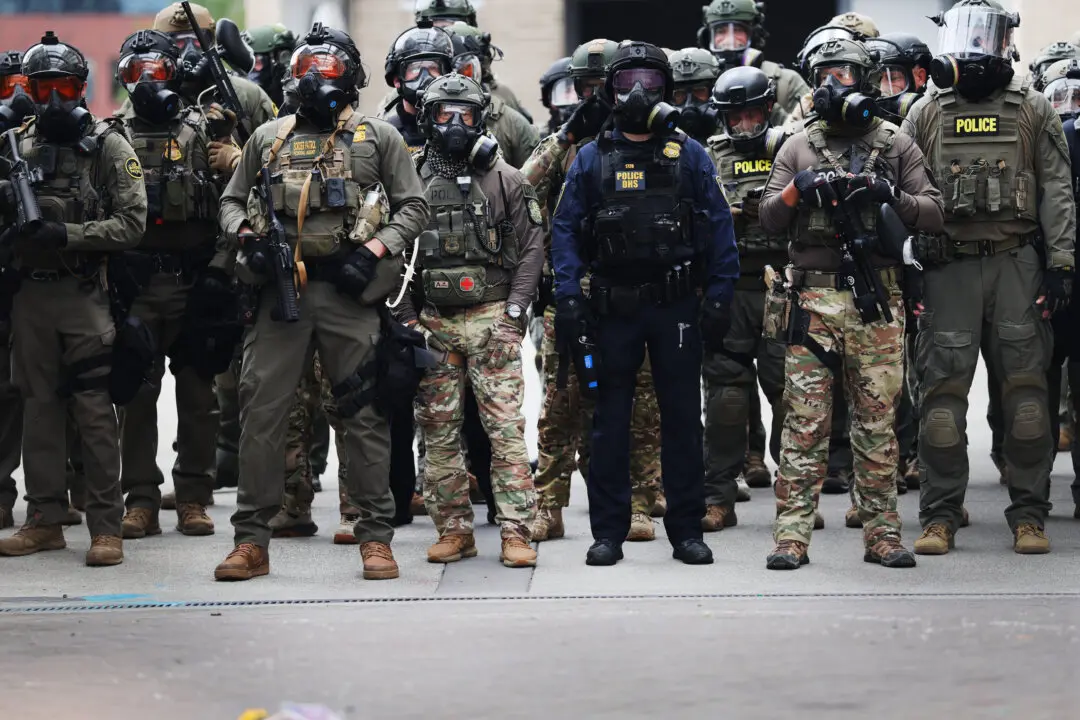The auto industry’s ongoing supply chain disruption caused by Russia’s invasion of Ukraine is not likely to be a long-term problem according to investment managing firm Neuberger Berman.
“Although Russia and Ukraine together only represent 2.1 percent of global light vehicle sales, the impact for some European original equipment manufacturers has been disproportionately larger than for others. For example, 22 percent of Renault’s global unit sales, or 15 percent of its operating income, comes from AvtoVAZ in Russia while most other European OEMs (Original Equipment Manufacturers) have 1–2 percent of sales in Russia/Ukraine and proportionate operating income,” the company said in a blog post.





